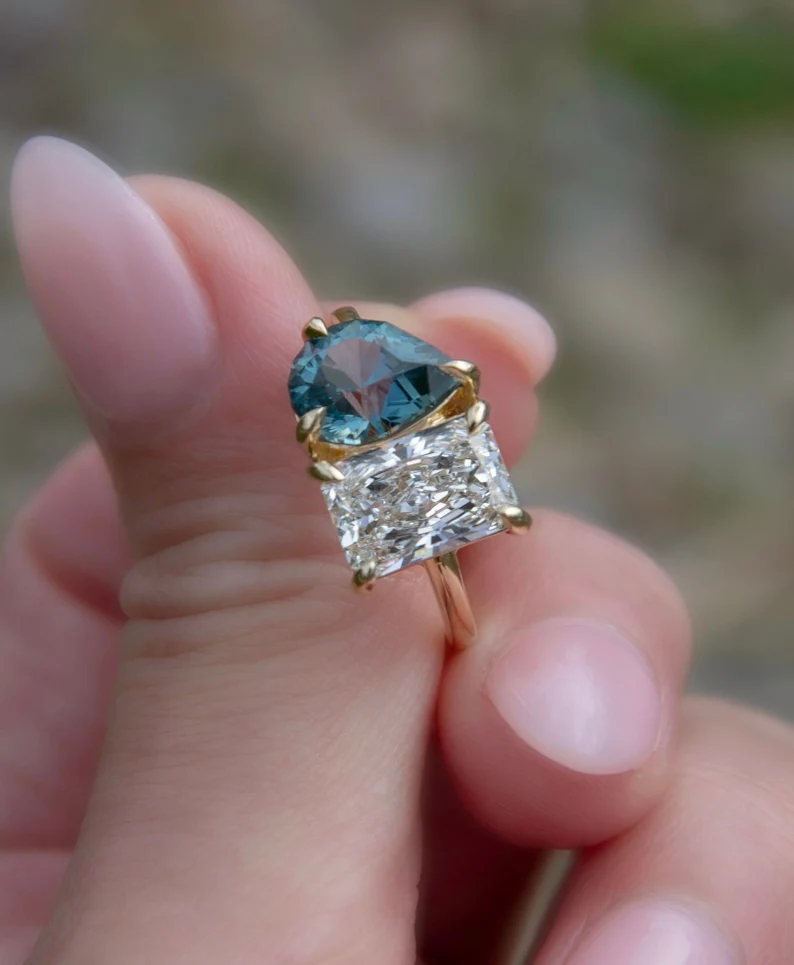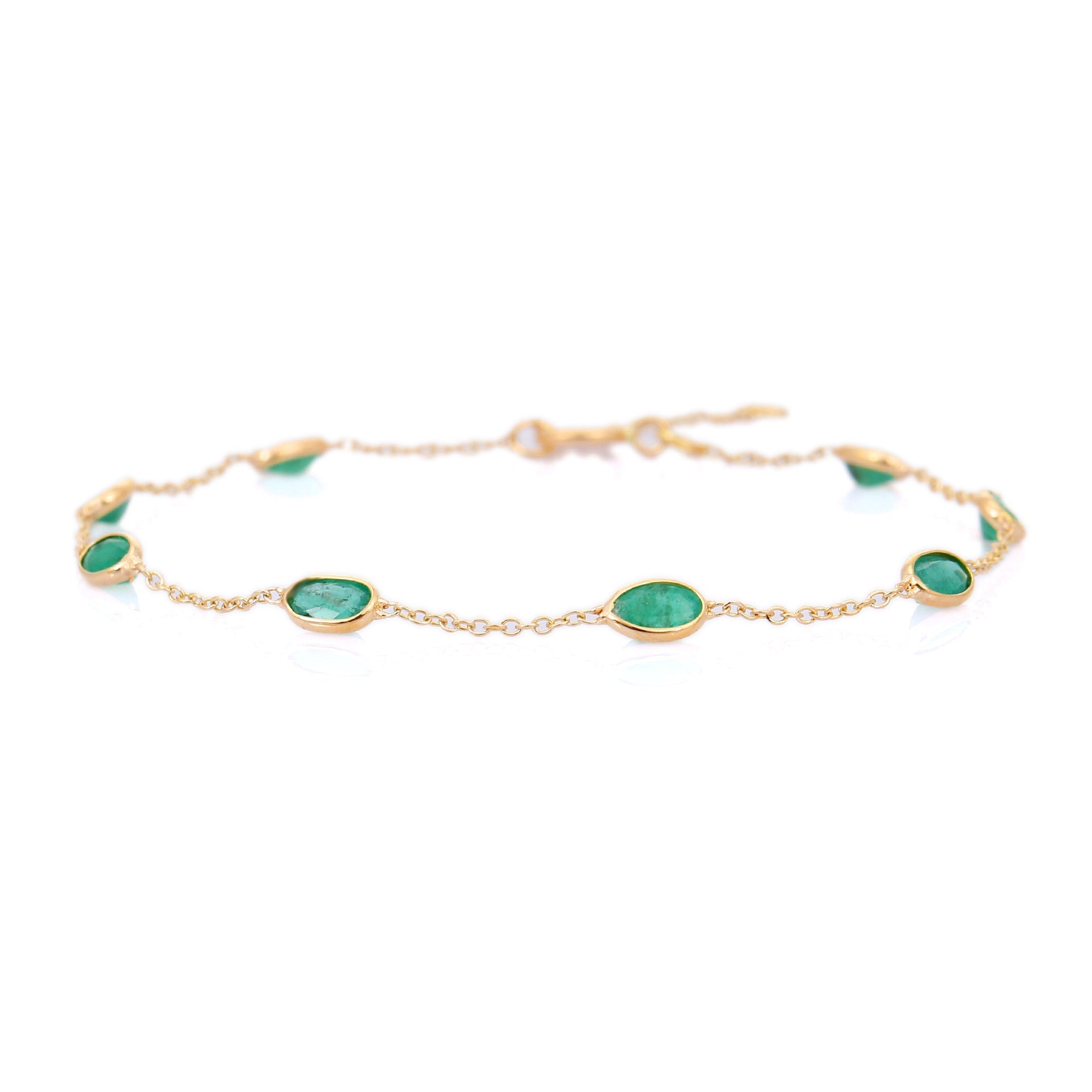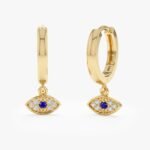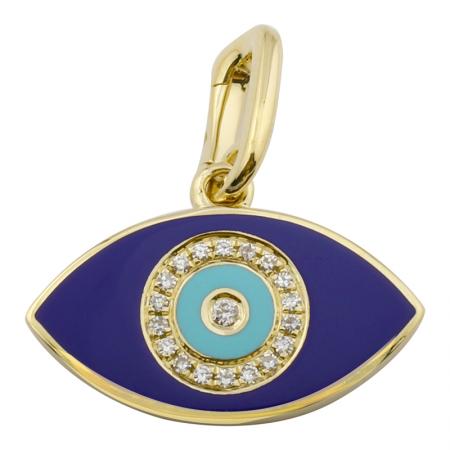Helix Heals Slow: Jewelry Choices That Cut Months Off

Helix piercings heal slowly because cartilage has less blood flow than earlobes. But the right jewelry can cut healing time by reducing irritation, microtrauma, and allergic reactions. This article explains practical jewelry choices that speed healing, with exact materials, gauges, sizes, and why each one helps. Follow these guidelines alongside good aftercare and you’ll often move from the long end of healing (9–12 months) to the short end (3–4 months).
Why jewelry choice affects healing
Cartilage heals through slow tissue growth. Anything that constantly rubs, shifts, or reacts with your skin restarts inflammation and delays that growth. That’s why jewelry that is stable, biocompatible, and low-profile reduces healing time. Less movement means fewer micro-tears. Fewer allergens mean less chronic irritation. Smooth, solid surfaces discourage trapped bacteria and crust. Each choice below targets one of these causes.
Materials that consistently heal faster
- Implant-grade titanium (preferred) — Look for Ti6Al4V ELI or ASTM F136. Titanium is lightweight, inert, and nickel-free. This reduces allergic reactions and sits comfortably against cartilage.
- Commercially pure titanium — ASTM F67 (grades 1–4) is excellent when labeled for body jewelry. It’s safe and cheaper than alloyed implant titanium.
- Platinum — Pt950 is highly biocompatible and inert. It’s heavy and expensive, but excellent if you have metal sensitivities.
- Solid gold — Choose solid 14k (585) or 18k (750) yellow gold. Avoid gold-plated or gold-filled pieces and avoid white gold (often nickel-alloyed). Rose gold has more copper, which can irritate some people.
- Avoid — Cheap plated alloys, nickel-containing metals, and porous surfaces. These increase allergic reactions and bacterial colonization.
Shape, gauge and size: exact recommendations
- Gauge — Most professional piercers use 16g (1.2 mm) or 18g (1.0 mm) for helix. Thicker gauges (16g) resist bending and migration. If your piercer used 18g and you have problems, don’t switch without professional advice.
- Initial length for studs — Choose a labret stud post long enough to accommodate swelling. Measure cartilage thickness and add 3–4 mm. Practically, that’s often a 6–8 mm post for helix studs. Too short compresses tissue; too tight increases pressure and necrosis risk.
- Rings — If using a ring, use a diameter that leaves 2–3 mm clearance from the pierced tissue. Tight rings press and slow healing. For example, a 16g helix might need a 7–8 mm internal diameter to avoid compression.
- Disc size — For labrets, a flat disc/back of 2–3 mm is low-profile and reduces snagging. Larger decorative backs catch hair and clothing.
Backings and thread types that minimize trauma
- Labret flat-back studs — A flat back sits flush against the inner ear. It reduces pressure and movement compared with butterfly backs. That lowers microtrauma and speeds healing.
- Internally threaded or threadless — Internally threaded posts have the screw inside the post so the threaded end doesn’t damage the piercing tract when inserted. Threadless (push-in) systems avoid threads altogether. Both protect the new hole better than externally threaded posts.
- Avoid — Butterfly/friction backs and externally threaded posts in early healing. They move more and can shred tissue.
Style and weight: practical choices
Keep jewelry minimal during healing. Heavy or dangling pieces tug and create consistent movement. Examples of good and bad choices:
- Good: Straight titanium labret with a flush-set gem or plain bead, low-profile disc 2–3 mm, internally threaded or threadless. Weight under 1 gram reduces stress.
- Acceptable: Small captive bead ring (CBR) in 16g if placed by an expert and sized correctly. Rings are more likely to move, so only use if you need a ring look.
- Bad: Dangling hoops, heavy charms, or long posts with big decorative backs. These all increase torque and movement.
When to swap jewelry: realistic timeline
Healing times vary. Cartilage commonly takes 3–12 months to mature. Jewelry swaps can shorten this if done correctly.
- 0–3 months — Keep the initial sterile titanium or implant-grade piece in place. Don’t change unless there’s a medical reason.
- 3–6 months — If tissue is healthy (no pain, swelling, discharge), you can consider switching to a lower-profile or dressier piece of similar material. Use internal threads or threadless designs.
- 6–12 months — Most cartilage is stable. You can safely transition to solid 14k/18k gold or platinum if desired. Still avoid heavy dangles for several more months.
- Rule of thumb — Swap only when the piercing is pain-free, no redness after sleeping, and there is no unusual discharge. If unsure, wait longer or consult your piercer.
Aftercare that supports jewelry choices
- Cleaning — Saline spray (0.9% saline) twice daily. No alcohol, hydrogen peroxide, or antibiotic creams. Harsh chemicals damage tissue and strip natural healing cells.
- Don’t rotate — Moving jewelry spreads bacteria and stresses tissue. Keep it still unless instructed by a professional.
- Sleep smart — Use a travel pillow or sleep on the opposite side. Even low-profile jewelry can be pushed in by pillow pressure; avoid extra compression.
- Watch for allergies — If you get new redness, itching, or prolonged discharge after switching to gold or a new metal, revert to titanium and see a professional.
Choosing the right jewelry substantially reduces the daily irritation that slows helix healing. Prioritize implant-grade titanium or inert metals, use stable low-profile shapes like labret studs, pick the right gauge and length, and avoid movement and heavy pieces. These choices cut repeated microtrauma and allergic reactions — the two main reasons cartilage piercings drag on for months. When in doubt, follow a conservative timeline and ask a reputable piercer for sizing and swap advice.




